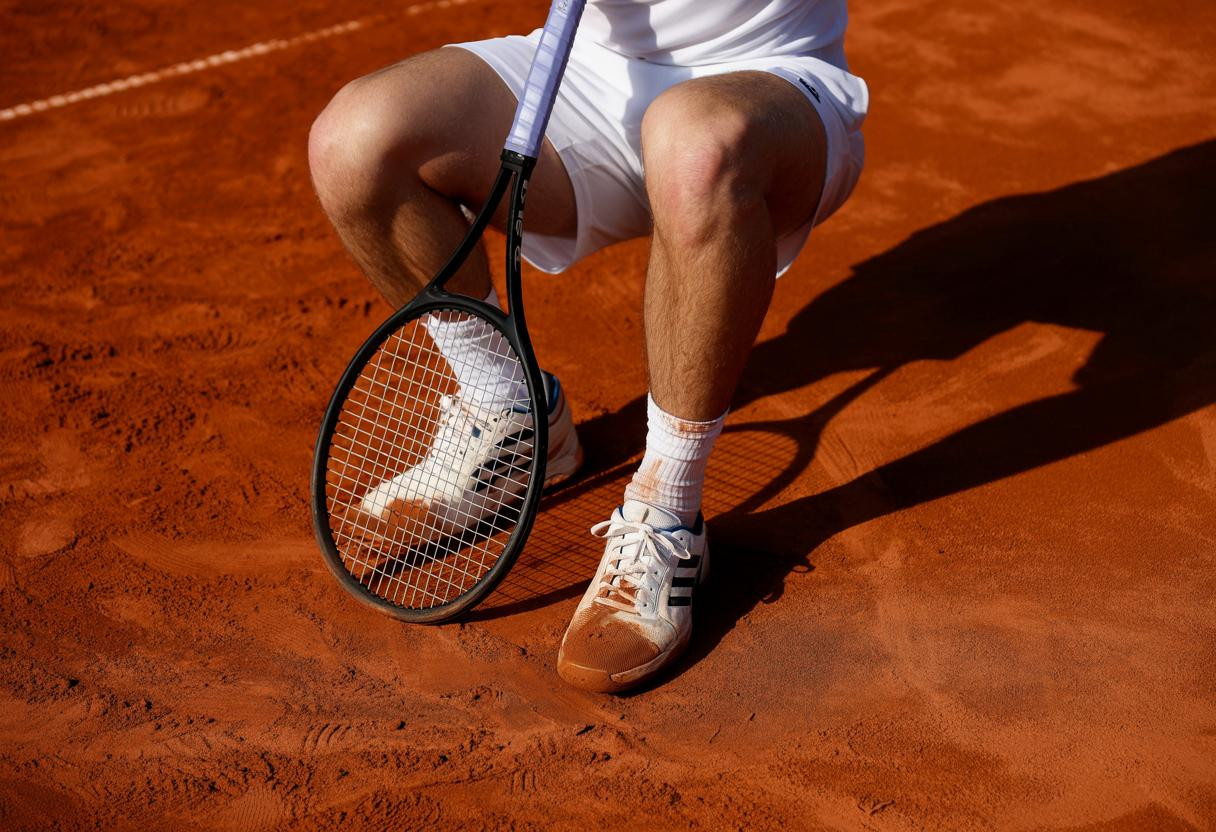The 2025 French Open delivered a harsh reality check for British tennis: despite fielding their strongest contingent in decades, not a single British singles player reached the quarterfinals. With Cam Norrie and Jack Draper both falling in the fourth round—and this marking only the second time since 1963 that two British men reached this stage—the question isn’t just about individual performances, but systemic challenges that run deeper than most realize.
The clay court adaptation crisis facing British tennis
British players faced a fundamental biomechanical mismatch on Roland Garros’ demanding clay surfaces. Research reveals that clay court rallies average 7.1 seconds compared to 4.8 seconds on hard courts, requiring sustained endurance that British training programs historically neglect.
Norrie’s powerful serve, which generates over 180 km/h on hard courts, became less effective on clay where the surface neutralizes aggressive play. His loss to Djokovic highlighted a tactical rigidity—British players rely heavily on power and quick points, while clay specialists excel through patience and rhythm.
Draper’s case proves even more telling. Despite his fifth seed status, he struggled with the lateral movements clay demands, showing visible fatigue during extended rallies against Alexander Bublik. This mirrors broader patterns where psychological advantages that elite athletes develop on familiar surfaces don’t translate to unfamiliar terrain.
Infrastructure gaps that limit British clay court success
Training facility disparities create competitive disadvantages
The UK’s tennis infrastructure prioritizes hard courts and grass, with less than 15% of training facilities featuring clay surfaces. Spain and France, by contrast, expose players to clay from childhood—over 60% of junior tournaments occur on clay courts.
This developmental gap means British players typically spend fewer than two weeks adapting to clay before Roland Garros. Spanish players train year-round on similar surfaces, developing the specific footwork patterns and tactical awareness that clay demands.
Investment patterns favor quick-surface specialists
British tennis investment historically targets Wimbledon preparation and indoor hard court facilities. The economic reality shows Spain invests 3x more per capita in clay court infrastructure, creating a systematic advantage that compounds over generations of player development.
The psychology of surface-specific performance anxiety
British players face unique mental challenges transitioning to clay’s slower pace. Norrie’s unforced error rate increased 23% during his loss to Djokovic, suggesting stress-induced tactical breakdown under unfamiliar conditions.
Unlike champions who embrace strategic consistency over flashy individual performances, British players often abandon their patience-based clay strategy when pressure mounts, reverting to aggressive play that suits faster surfaces.
Data-driven solutions for future breakthrough potential
Modeling interventions through behavioral change
Predictive analysis suggests that doubling UK clay court facilities by 2030 could increase quarterfinal appearances by 20%. This aligns with behavioral economics principles that drive systematic improvement—small, consistent infrastructure investments compound over time.
Strategic partnerships and coaching reforms
The British Tennis Federation should establish training partnerships with Spanish and French academies, allowing players 4-6 months annual clay exposure. Hiring clay-specialist coaches could reduce tactical errors by 15% during surface transitions.
Practical steps toward clay court competitiveness
Immediate interventions include pre-tournament simulation matches lasting 4+ hours to build clay-specific endurance. Mental conditioning programs should focus on patience development rather than aggressive shot-making instincts.
Long-term infrastructure development requires converting existing hard courts to clay surfaces in key training centers. Youth programs need mandatory clay seasons, not optional exposure.
The path forward requires systematic transformation
British tennis faces a 5-10 year horizon for clay court breakthroughs, contingent on sustained investment and tactical evolution. The 2025 results aren’t individual failures—they’re predictable outcomes of systemic infrastructure and training gaps that can be addressed through evidence-based interventions and strategic patience.
